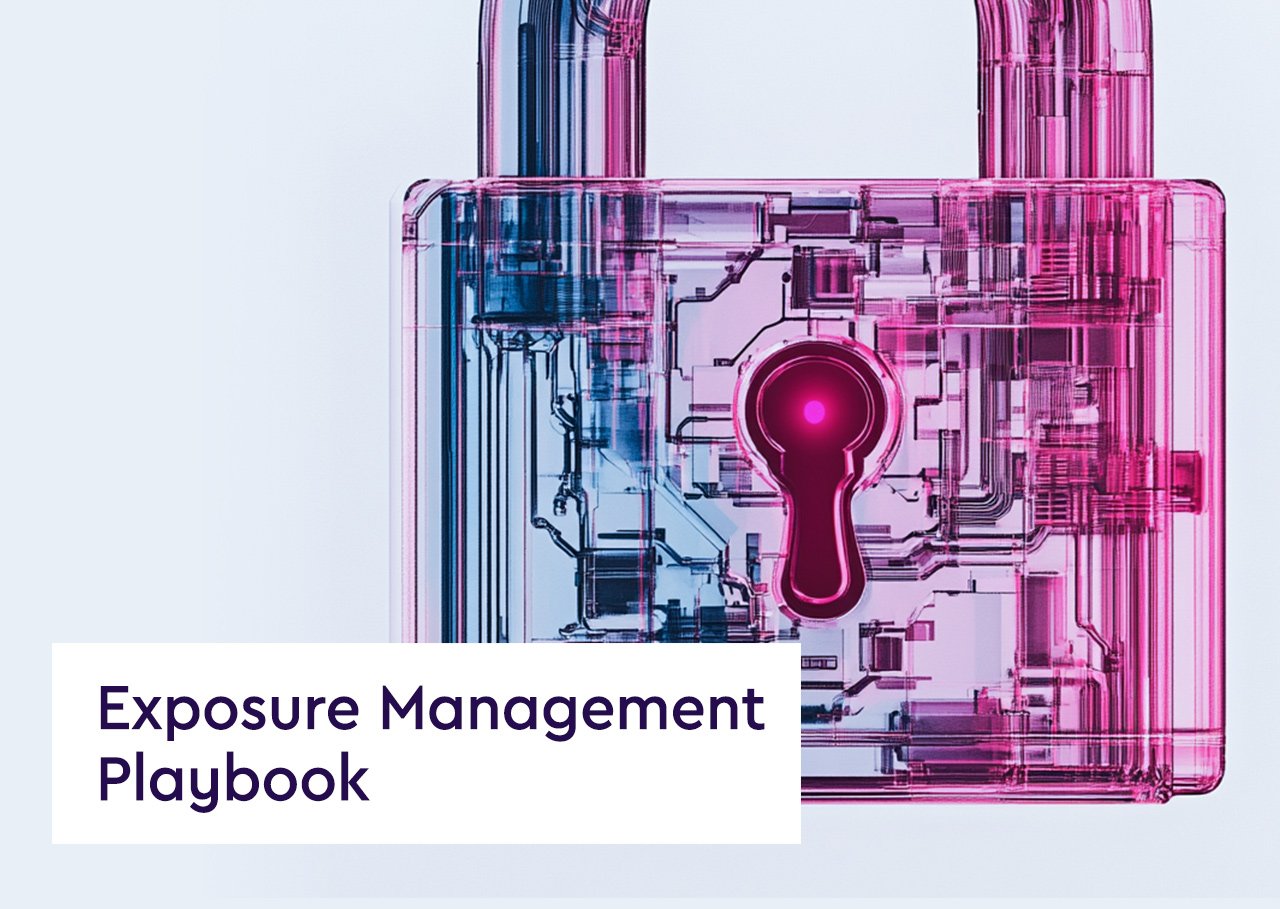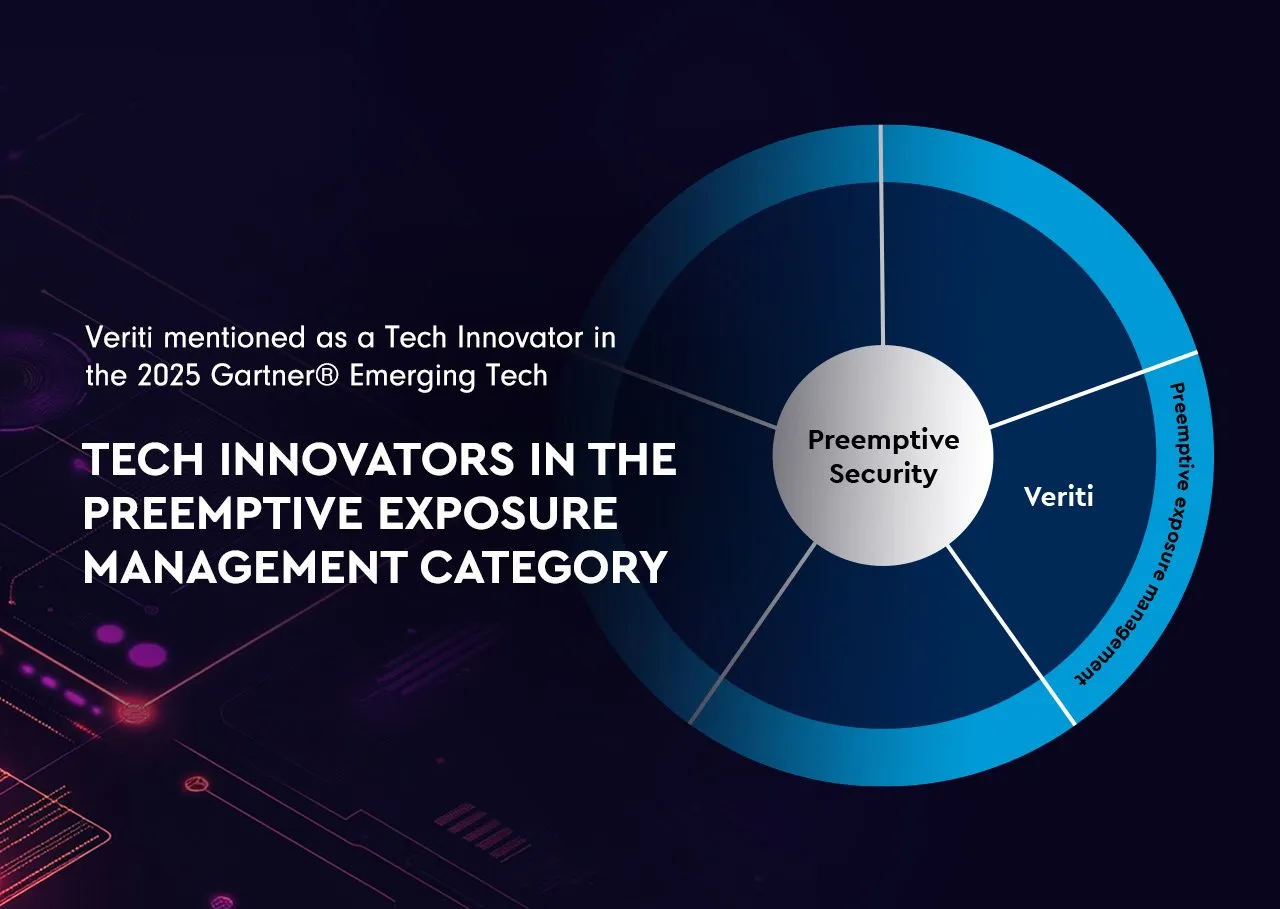Definition: The AWS Cloud Environment refers to the comprehensive suite of cloud computing services provided by Amazon Web Services (AWS), which offers scalable and flexible computing resources on demand. AWS provides a wide array of services that include computing power, storage options, networking, databases, machine learning, Internet of Things (IoT), security, and enterprise applications, among others. These services are managed and maintained within AWS’s network of data centers globally.
Key Components of the AWS Cloud Environment:
- EC2 (Elastic Compute Cloud): Virtual servers that provide scalable computing capacity.
- S3 (Simple Storage Service): Scalable storage solution for data backup, archiving, and analytics.
- RDS (Relational Database Service): Managed relational database service that supports popular database engines like MySQL, PostgreSQL, Oracle, and SQL Server.
- VPC (Virtual Private Cloud): Provides a logically isolated section of the AWS cloud where resources can be launched in a defined virtual network.
- IAM (Identity and Access Management): Enables secure control of access to AWS services and resources.
- Lambda: Allows running code without provisioning or managing servers, paying only for the compute time consumed.
Benefits of AWS Cloud Environment:
- Scalability and Elasticity: Quickly scale up or down with demand, paying only for what you use.
- Reliability and Availability: Distributed across multiple geographical regions and availability zones, which minimizes the risk of system failures and ensures continuous operations.
- Security: Provides security measures that comply with the most demanding requirements. This includes data encryption, network security, and identity and access controls.
- Cost-Effectiveness: Reduces the need for upfront hardware investments and lowers the cost of IT operations through resource optimization.
Best Practices for Managing AWS Cloud Environment:
- Utilize AWS Management Tools: Leverage tools like AWS CloudTrail, AWS Config, and AWS Trusted Advisor to manage, monitor, and optimize the environment.
- Implement Well-Architected Framework: Follow AWS’s Well-Architected Framework to ensure secure, high-performing, resilient, and efficient infrastructure.
- Regular Security Assessments: Conduct regular security audits using AWS security tools and third-party solutions to identify and mitigate risks.
- Cost Optimization Practices: Use AWS Cost Explorer and Budgets to monitor and control spending.
The AWS Cloud Environment is a powerful platform that enables organizations to deploy a wide range of applications and services efficiently and securely. By understanding and leveraging its extensive offerings, businesses can enhance their agility, reduce costs, and scale operations effectively to meet their needs. As cloud technologies evolve, staying informed and adopting best practices will be crucial for maximizing the benefits of the AWS Cloud Environment.




